By Age 70, Nearly 5% of Men’s Sperm Carry Disease-Causing Mutations, Study Finds
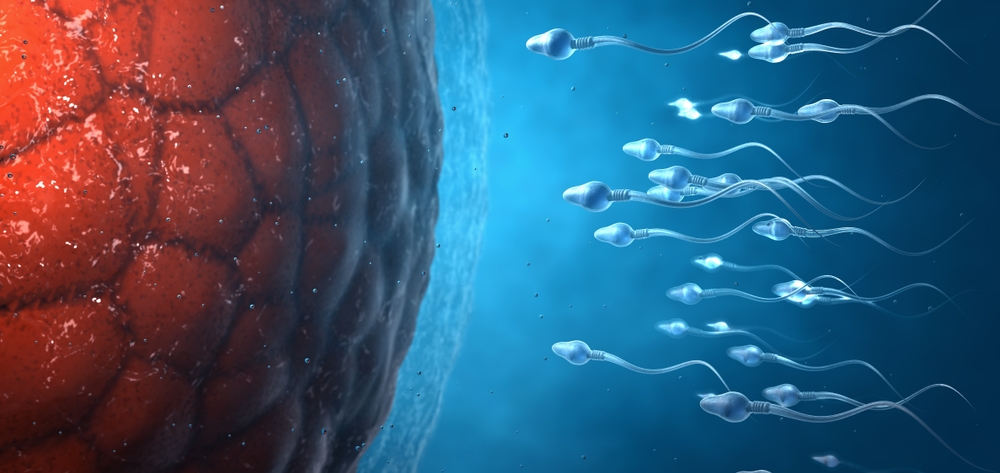
Scientists discovered something disturbing hiding inside male reproductive tissue. Advanced genetic sequencing revealed patterns that challenge everything families assume about father’s age and healthy children. British researchers tracked biological changes across five decades of aging that nobody expected to find.
Jokes about men aging like fine wine just lost their scientific foundation. While society worries about maternal age affecting pregnancy outcomes, parallel risks lurking in paternal genetics received little attention until now. Cutting-edge DNA analysis exposed a hidden process that transforms reproductive cells in ways that threaten future generations.
What happens inside male bodies as decades pass? How do genetic changes in sperm affect children born to older fathers? One university’s groundbreaking study reveals answers that every prospective parent needs to understand about reproduction, genetics, and family health.
British Scientists Just Shattered Myths About Male Fertility
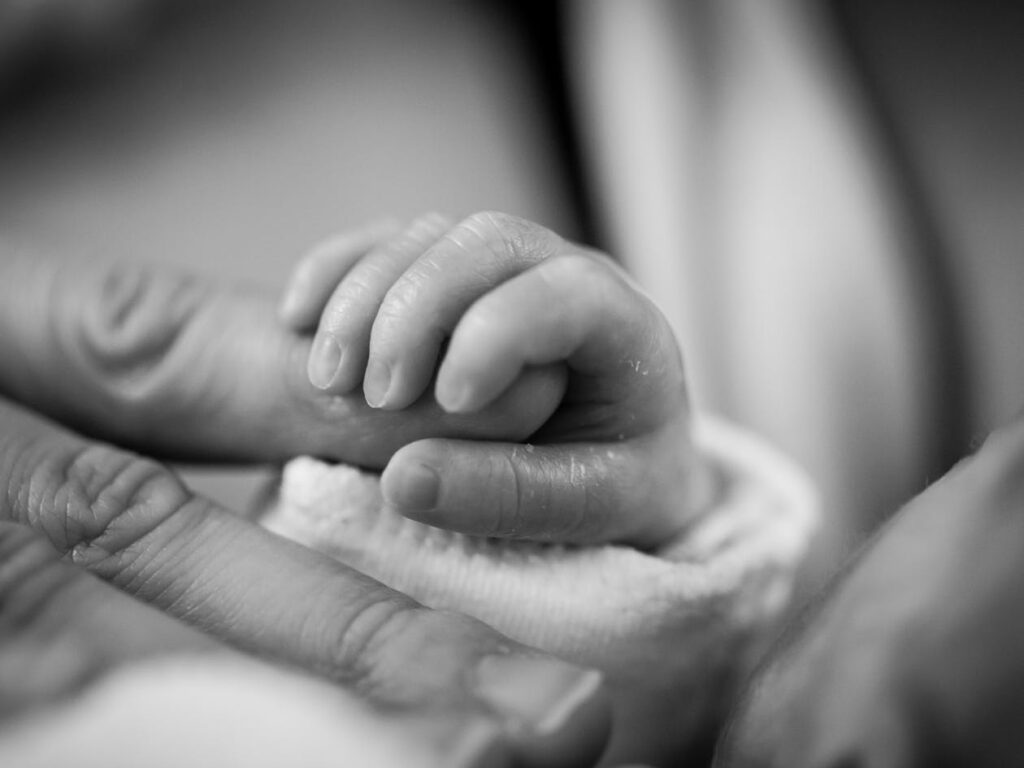
Wellcome Sanger Institute researchers working with TwinsUK cohort at King’s College London examined genetic changes in male reproductive cells across wide age ranges. Study involved 81 men aged 24 to 75 providing samples for unprecedented genetic analysis. Revolutionary findings challenge cultural assumptions about limitless male fertility regardless of age.
Research team sequenced over 1,000 sperm samples using technology capable of detecting mutations at single-molecule precision. NanoSeq method allowed scientists to identify genetic changes that previous sequencing approaches missed entirely. Study published in Nature represents largest examination of selection forces operating within male reproductive system.
Professor Kerrin Small, scientific director of TwinsUK study at King’s College London, emphasized the collaborative significance: “We are incredibly grateful to the twins who took part in this study. By working with the TwinsUK cohort, we could include valuable longitudinal samples linked to rich health and genetic information, allowing us to explore how mutations accumulate and evolve with age in healthy individuals.”
Findings have massive implications for how families approach reproductive planning and timing. Medical community previously focused heavily on maternal age effects while underestimating paternal contributions to genetic risk. New evidence demands reconsideration of assumptions about male biological clocks and optimal conception timing.
Revolutionary DNA Technology Reveals What’s Really Happening
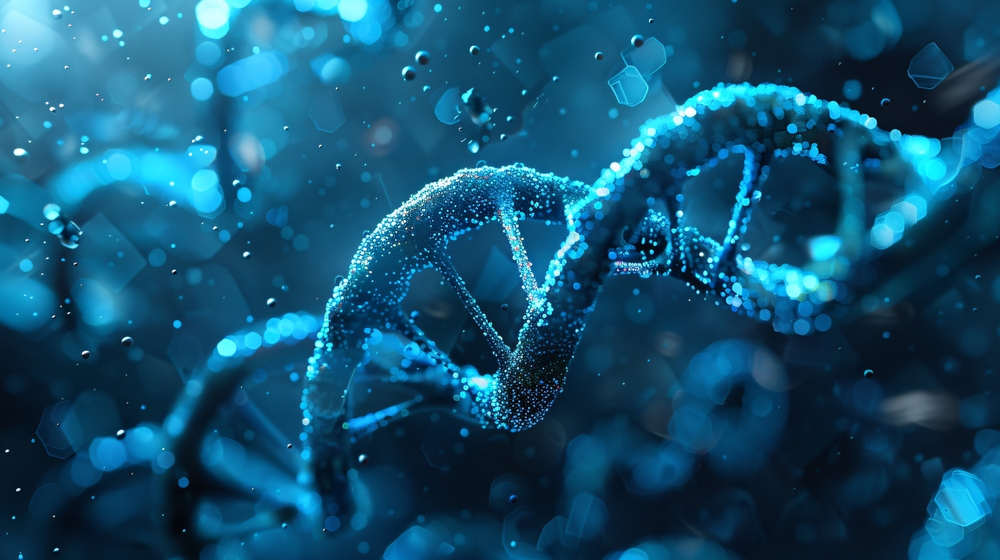
NanoSeq technology achieved accuracy levels impossible with conventional DNA sequencing methods. Duplex sequencing approach uses information from both DNA strands to detect mutations at single-molecule resolution. Error rates below 5 × 10⁻⁹ per base pair allowed researchers to identify genuine mutations rather than sequencing artifacts.
Over 1,000 sperm samples from TwinsUK cohort participants underwent detailed genetic analysis. Population included twin pairs providing unique opportunities to examine genetic versus environmental influences on reproductive aging. Longitudinal samples from same individuals separated by years revealed how mutations accumulate over time.
Technology detected 56,503 mutations in exome sequencing and 5,059 mutations in targeted cancer gene analysis. Vast majority of variants appeared only once across entire cohort, demonstrating high diversity within sperm populations. Polyclonal nature of samples reflected large populations of spermatogonial stem cells producing sperm.
Scientists compared sperm DNA to blood samples from same men at different ages. Comparison revealed mutation rates and patterns unique to reproductive tissue. Analysis showed sperm maintain much lower mutation rates than blood cells despite continuous production throughout male lifetime.
Mutations Don’t Just Accumulate, They Get Selected
The age men’s sperm starts to ‘go bad’- Scientists – https://t.co/s5Ei1bi73z pic.twitter.com/af9Q24IRZF
— The New Narrative Online (@newnarrativeng) October 21, 2025
Random DNA copying errors account for only part of mutation increases observed with age. Natural selection operating within testes gives certain genetic changes competitive advantages. Mutated cells that divide faster than neighbors eventually dominate sperm production.
“Selfish sperm” phenomenon describes how harmful mutations thrive by providing reproductive advantages to cells carrying them. Process mirrors cancer development where driver mutations help cells outcompete neighbors. Unlike cancer, germline selection directly affects offspring by passing mutations to next generation.
Certain genetic changes allow spermatogonial stem cells to multiply more rapidly along seminiferous tubules. Expanded clones produce increasing fractions of total sperm output over time. Selection pressure amplifies specific mutations while neutral or disadvantageous changes remain rare.
Professor Matt Hurles, director of Wellcome Sanger Institute and study co-author, explained implications: “Our findings reveal a hidden genetic risk that increases with paternal age. Some changes in DNA not only survive but thrive within the testes, meaning that fathers who conceive later in life may unknowingly have a higher risk of passing on a harmful mutation to their children.”
Numbers Show Clear Pattern as Men Age

Statistical analysis revealed precise relationships between age and mutation burden in reproductive cells. Among men in early thirties, approximately 2% of sperm carried disease-causing mutations. Proportion increased to between 3% and 5% in men aged 43 to 74 years old.
By age 70, study participants showed 4.5% of sperm containing harmful mutations. Clear link between advancing age and genetic risk to potential offspring emerged from data. Linear increase of 1.67 mutations per year per genome demonstrates steady accumulation throughout adult life.
Younger fathers face lower but non-zero risks of transmitting harmful mutations. Risk increases gradually rather than remaining static until specific age threshold. Pattern suggests biological processes operating continuously rather than switching on at particular life stage.
Comparison across age groups revealed exome-wide selection ratios increasing throughout male lifespan. Middle-aged and older men showed stronger evidence of selection favoring nonsynonymous mutations. Younger cohorts displayed ratios closer to neutral expectations with less pronounced selection effects.
Forty Genes Drive This Hidden Process
Scientists identified 40 genes under significant positive selection within male germline. Analysis revealed 31 newly discovered genes beyond 13 previously known to drive spermatogonial selection. Discovery dramatically expands understanding of genetic pathways affected by germline selection processes.
“We expected to find some evidence of selection shaping mutations in sperm. What surprised us was just how much it drives up the number of sperm carrying mutations linked to serious diseases,” explained Dr. Matthew Neville, computational biologist at Wellcome Sanger Institute and study co-author.
Genes under selection involve diverse cellular mechanisms rather than single pathway. RAS-MAPK signaling pathway genes appeared prominently but represented only fraction of selected genes. WNT signaling, TGFβ-BMP signaling, epigenetic modification, and RNA metabolism genes also showed selection signatures.
Both activating mutations and loss-of-function changes demonstrated selection advantages. Previous research focused primarily on activating missense mutations. New findings revealed that protein-inactivating mechanisms including nonsense, splice, and indel variants also drive selection.
Thirty out of 31 newly identified genes showed enrichment for loss-of-function mutations. Finding challenges assumptions that germline selection operates exclusively through gain-of-function mechanisms. Diverse mutation types suggest multiple pathways through which cells gain competitive advantages during spermatogenesis.
Autism, Cancer, and Developmental Disorders Linked
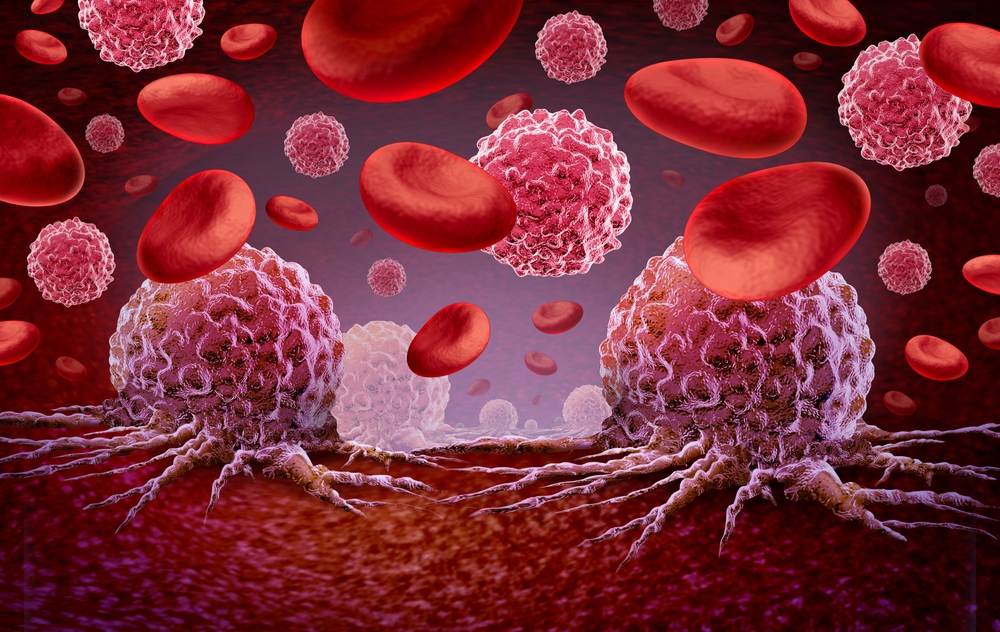
Many genes under positive selection associate with serious childhood health conditions. Developmental disorders, cancer predisposition syndromes, and neurodevelopmental conditions including autism spectrum disorders connect to selected genes. Sixteen out of 31 newly identified genes appear in cancer census databases.
Twenty-seven out of 31 genes link to monogenic disorders in developmental disorder databases. Overlap between germline selection and disease-causing genes suggests selection process directly increases inherited disease risk. Variants most frequently observed in cancer and developmental disorder databases showed dramatic enrichment in sperm samples.
Somatic mutations appearing over 50 times in cancer databases demonstrated 11-fold enrichment in sperm after adjusting for expected mutation rates. Germline mutations seen over 5 times in developmental disorder cohorts showed 66-fold enrichment. Clear pattern emerges connecting genes favored by selection to those causing disease when inherited.
Children of older fathers face elevated risks for conditions linked to paternally inherited mutations. Exact magnitude of increased risk remains uncertain given many mutated sperm never produce viable pregnancies. Some mutations prevent fertilization while others cause pregnancy loss before term.
Why “Selfish Sperm” Outcompete Healthy Cells
Mutations providing reproductive advantages allow stem cells to expand clonally within testes. Expanded populations produce disproportionate fractions of mature sperm carrying selected mutations. Process operates through standard evolutionary mechanisms but within individual organisms rather than populations.
Competitive dynamics among spermatogonial stem cells create environment where faster-dividing cells dominate. Seminiferous tubule architecture allows successful clones to expand along tube length. Over years and decades, selected clones progressively replace neutral populations.
Selection operates earlier in cell lineage rather than during final sperm maturation stages. Genes highly expressed during spermatogenesis and specific to differentiated spermatogonial stem cells showed strongest selection signatures. Elongating spermatid-specific genes showed ratios close to neutrality, confirming selection acts on stem cells.
Process mirrors somatic tissue selection seen in aging but with transmission to offspring. Unlike blood or skin where mutations affect only individual carrying them, germline mutations pass to children. Evolutionary forces shaping sperm composition directly influence genetic health of next generation.
Women’s Eggs vs Men’s Sperm Age Differently
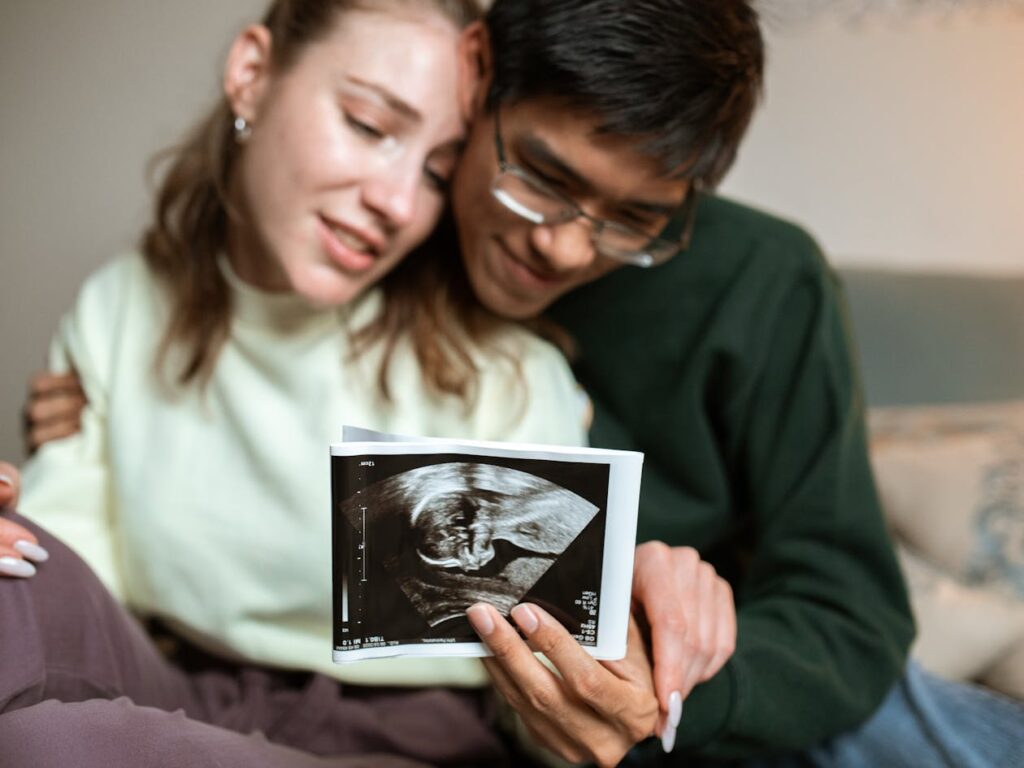
Women born with complete lifetime supply of eggs face different aging challenges than men. Oocytes remain arrested in meiosis for decades, accumulating damage without cell division. Chromosome segregation errors during delayed meiosis cause aneuploidy increases with maternal age.
Men begin producing sperm between ages 10 and 12 and continue throughout remaining lifetime. Average man manufactures millions of sperm cells daily. Continuous production requires constant cell division, creating ongoing opportunities for replication errors.
Sperm cells take approximately three months to mature fully from stem cell precursors. Rapid turnover means genetic changes in stem cell populations quickly affect mature sperm output. Selection can rapidly amplify advantageous mutations through repeated divisions.
Despite continuous production, male germline maintains surprisingly low mutation rates compared to somatic tissues. Spermatogonial stem cells show mutation rates 5 to 20 times lower than other proliferating cell types. Protected environment and specialized DNA repair mechanisms help preserve genetic fidelity.
Blood Shows Eight Times More Mutations Than Sperm
Comparison between sperm and blood samples from same individuals revealed dramatic differences in mutation accumulation rates. Blood cells accumulated substitutions approximately 7.6 times faster per base pair per year than sperm. Indel mutations occurred 6.3 times faster in blood.
Both tissues showed clock-like aging signatures SBS1 and SBS5. Blood additionally displayed SBS19 signature linked to persistent DNA lesions in hematopoietic stem cells. Mutational signature patterns reflected tissue-specific processes affecting DNA damage and repair.
Protected nature of germline relative to soma emerged clearly from data. Despite producing millions of cells daily through continuous division, male reproductive system maintains lower mutation burden than blood. Specialized mechanisms safeguard reproductive cell genetic quality.
Even with protection, reproductive cells not immune to aging effects documented in study. Selection processes amplify subset of mutations that would remain rare under neutral expectations. Protection reduces baseline mutation rate but cannot eliminate selection-driven increases in harmful variants.
What This Means for Family Planning Decisions
Advanced paternal age carries previously underappreciated genetic risks requiring consideration during family planning. Both maternal and paternal ages contribute to offspring health outcomes through different mechanisms. Comprehensive reproductive counseling should address age-related risks from both parents.
Research provides scientific foundation for informed decision-making about conception timing. Families can weigh genetic risks against personal circumstances and fertility considerations. Knowledge about age-related mutation increases allows couples to make choices aligned with their values and priorities.
Clinical translation of findings remains ongoing as researchers determine how sperm mutations affect actual birth outcomes. Not every mutation detected in sperm produces diseased children. Many mutated sperm never fertilize eggs, while others cause pregnancy losses before viable births.
Future research will refine understanding of relationships between paternal age, sperm mutations, and children’s health. Larger studies across diverse populations can confirm findings and identify factors that modify risks. Improved genetic screening technologies may eventually allow targeted risk assessment for prospective fathers.
Loading...

